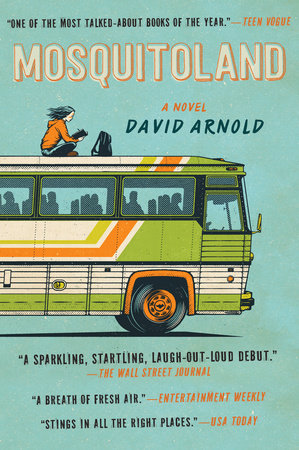Girlhood in the Borderlands
Girlhood in the Borderlands is a book about teenage girls from Mexico caught in the crossroads of migration. The author, Lilia Soto, focuses on their development as adolescents dealing with family members who have migrated to the US. About sixty girls are interviewed in Girlhood in the Borderlands. Perspectives on America and migration vary among the interviewees. As people who live in America, it is important for us to acknowledge the perspectives of those who have gone through the immigration process to live in our country and their family members.
Girlhood in the Borderlands is nonfiction. Even without fantastical elements, there are still prevalent themes that occur throughout the book to which readers can easily pick up on. One of the most important themes I observed while reading Girlhood in the Borderlands, was the idea of hard work. The girls interviewed all had to step up to replace the roles of their fathers and help their mothers, despite some of the patriarchal norms common in their society. Many had to quit school, some as young as grade 7, in order to help their mothers in work settings, or at home with domestic duties. Financial problems, said by the majority of the girls, had occurred as a result of their fathers leaving for America in hopes of finding better work opportunities.
Another theme I found to be interesting while reading Girlhood in the Borderlands, was education. Throughout all of the interviews with the girls, the majority said schooling and seeking higher education were the least of their priorities. In fact, it was rare to have read an interview with a girl planning to go to college. Education was seen as a privilege, and with so many families left without a father figure, they needed as many relatives to pitch in with financial support as soon as they could-even if it meant the sudden withdrawal of schooling. Girls as young as fourteen who were interviewed said they became pregnant and had to drop out of school. This stood out to me, as I had never seen the extent of the privilege of education that many people take for granted every day (myself included).
Girlhood in the Borderlands is a massive reality check. As American citizens, we often go long periods of time without acknowledging our privilege of living where we do, and how many of us never had to immigrate. Lilia Soto’s interviews with the girls provide readers with a sense of charm, ambition, and inspiration, as they share their stories. I would recommend Girlhood in the Borderlands to anyone wanting a good, non-fiction read.
-Zoya A.


